Hey Everyone, welcome back to Technique Tuesday.
As a new quilter I am sure many of you wondered what on-point and square-on meant. Most quilts are designed as a square-on design as they are easier to create than the on-point designs and have no setting triangles and corner triangles to add.
Oh boy, setting triangles, corner triangles, on-point what does it all mean.
A square-on quilt is assembled so the blocks are in vertical and horizontal rows with the block being square-on to your eye. The rows meet up square with the borders. Animal Party is an example of a square-on quilt.
An on-point quilt is assembled so the blocks are in diagonal rows with the block being on-point or taking on a diamond shape. The block is sitting on one of it’s corners hence on-point. Garden Stones is an example of a on-point quilt.
The rows in an on-point quilt do not meet up square with the border so other pieces need to be added to the ends of the rows. These pieces are in the form of triangles. The triangles are called setting and corner triangles. By adding the triangles to the end of each row the row is then square and meets up with the border square-on.
Setting triangles can be a single piece of fabric or they can be created from the block being used in the quilt. The single fabric triangles are cut from squares on the diagonal either once or twice. The setting triangles which are the pieces that fit in along the vertical and horizontal edges of the quilt are cut twice across the diagonal. The squares for the corner triangles are cut once across the diagonal.
I found a free calculator for setting and corner triangles here at Quilter’s Paradise. Also, if you have the Quick & Easy Block Tool (highly recommended by the way as reviewed on Cool Tool Thursday here) there is a chart in the back of it for cutting sizes. Plus there are many different apps for your smart phone – some free and some not so free.
Creating setting triangles from the block within the quilt is more involved and requires making pieced triangle versions of the block and then squaring them off to create an even edged triangle to fit in at the end of each row.
Using setting triangles from the block means that the pattern within the quilt is carried on to the border – for some quilts this will look better while others will look just fine with a single piece of fabric.
Want to learn more about setting triangles and creating a quilt on point then join my new Beginner Patchwork Class at The Academy of Quilting starting Sept 12.
Happy Quilting!
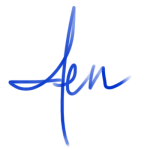
Disclosure Note: I buy and use the products mentioned in this post and write about them without influence from the designer or any other commercial interests. I have included links to the products on Amazon.com and may receive a small commission if you purchase from these links. This doesn’t cost you any more to purchase these items but it does help me maintain this website, so I hope that you will please use these links.

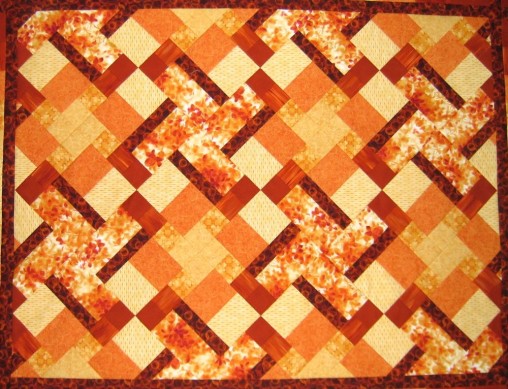

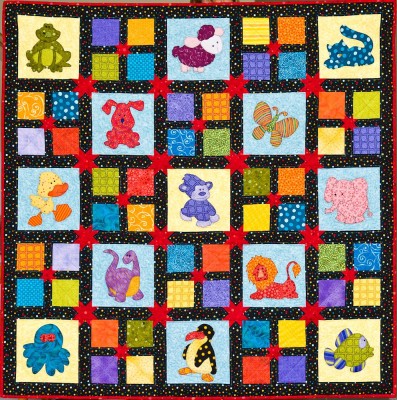
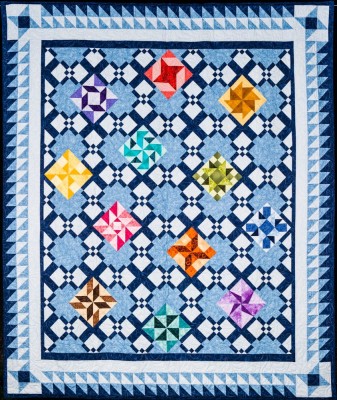
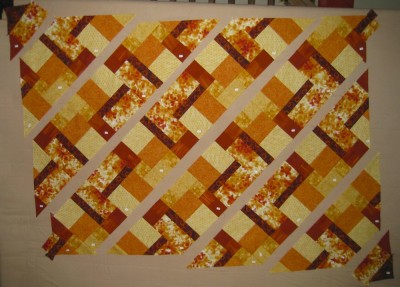
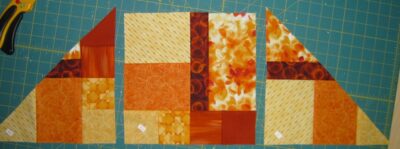
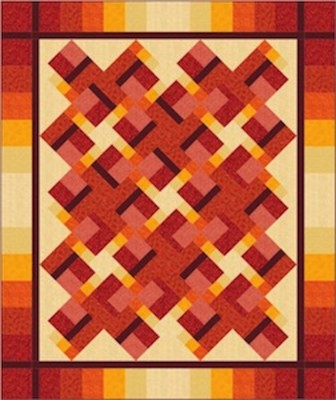
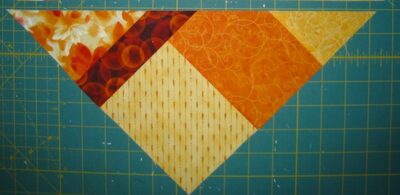
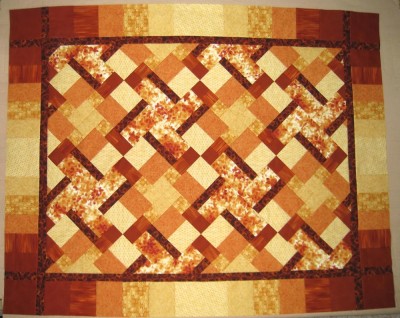
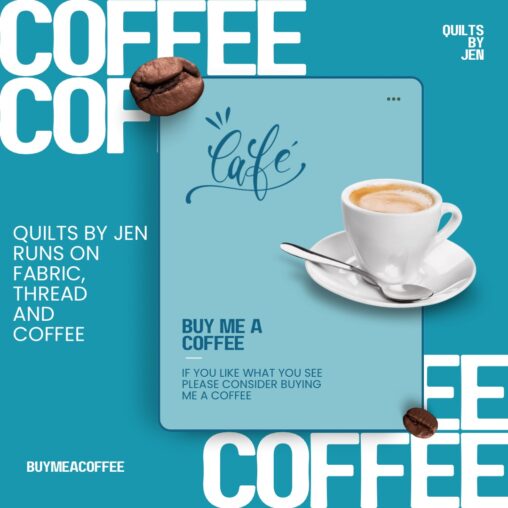
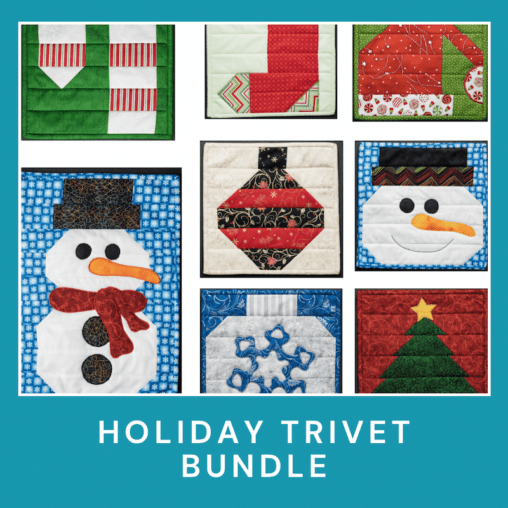
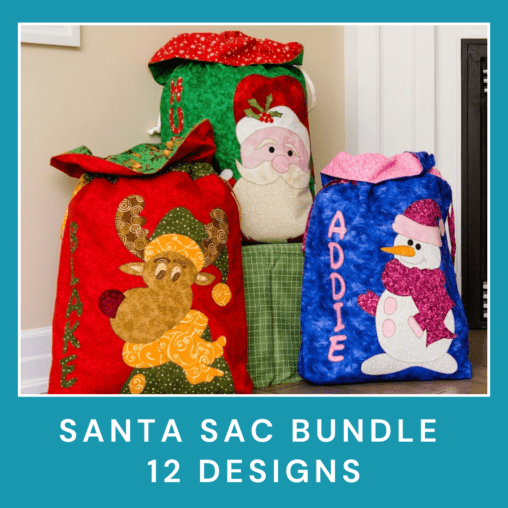
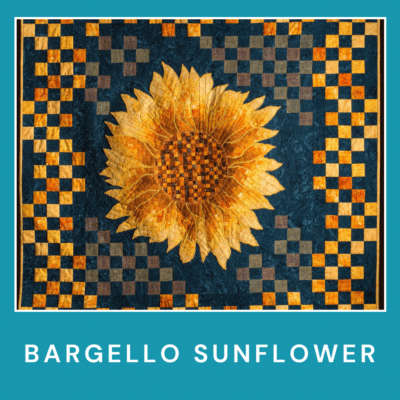

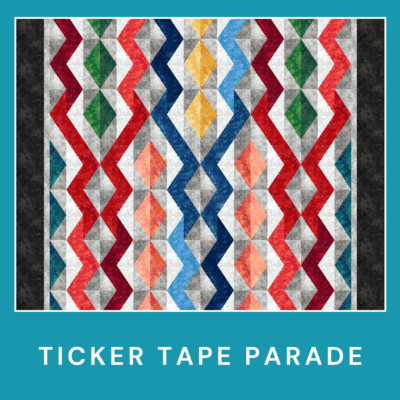
Great pictures to show how this quilt is assembled. I’m learning all the time.